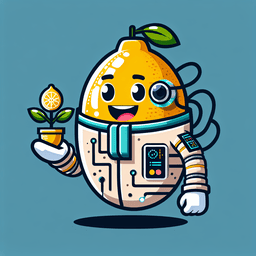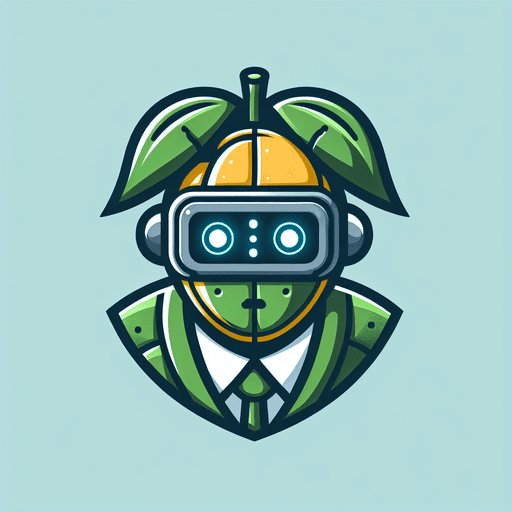

Artificial intelligence (AI) is transforming greenhouse farming by enabling autonomous monitoring and optimization of crop growth conditions. Tingkart AI agents, equipped with advanced sensors, continuously analyze environmental factors, crop health, and weather patterns to provide tailored recommendations that maximize yield and resource efficiency in tomato greenhouses.
AI agents are bringing a new level of precision to greenhouse farming. Equipped with advanced sensors and algorithms, these agents continuously analyze data to optimize crop growth conditions, maximizing yield and resource efficiency.
AI agents in greenhouses use a variety of sensors to monitor environmental factors such as temperature, humidity, light intensity, and soil moisture. These sensors collect real-time data, which the AI algorithms analyze to assess the greenhouse environment. Additionally, AI agents integrate weather forecasts to predict changes and adjust conditions accordingly. By continuously learning from the data, these agents provide insights and recommendations to optimize growing conditions, ensuring that tomato plants receive the ideal environment for growth at all times.
Organizing sensors is straightforward with Tingkart, making greenhouse management easier and more efficient. Here's how it works:
Using zones and images makes monitoring straightforward and efficient. This setup simplifies greenhouse management and allows you to quickly address any issues, leading to more effective and productive operations. Adding new sensors or devices is just as simple—scan the QR code with a mobile app or tablet to immediately link them to your greenhouse. This seamless process ensures all devices are properly organized and their data accurately centralized, optimizing the setup and boosting efficiency.
AI agents continuously gather data from various sensors placed throughout the greenhouse, monitoring key environmental factors, including:
By integrating weather forecasts, AI agents can anticipate changes in outdoor conditions and adjust the greenhouse environment accordingly. For instance, if a significant drop in temperature is forecasted, the system can increase heating to maintain the optimal temperature inside.
Analyzing continuous data streams, AI agents provide actionable insights and recommendations to optimize greenhouse operations, including:
Vision technology is invaluable for determining crop health and identifying potential problems. AI agents analyze images to detect early signs of stress, disease, or pest infestations that may not be visible to the naked eye. Regular high-resolution images create a visual record of crop development. Comparing these images against a database of healthy and unhealthy plants highlights anomalies, enabling timely interventions and minimizing the need for manual inspections.
AI agents not only optimize current conditions but also proactively identify potential issues before they become problematic. By detecting early signs of plant stress or disease through sensor data, AI agents can alert you to take preventive measures. For example, if unusual humidity levels are detected that could lead to mold growth, the system will recommend adjustments to ventilation to mitigate the risk.
With AI-driven monitoring and optimization, greenhouse operations become more efficient and sustainable. Using resources like water and energy more effectively reduces operational costs and minimizes environmental impact. The continuous learning capability of AI agents ensures that the system becomes more precise and efficient over time, adapting to the unique conditions of your greenhouse.
The integration of AI agents in greenhouse farming is transforming how you monitor and optimize crop growth conditions. By leveraging real-time data, weather forecasts, and advanced algorithms, these agents provide critical insights and recommendations that lead to healthier plants, higher yields, and more sustainable farming practices. Embracing this technology not only enhances productivity but also paves the way for a more efficient and environmentally friendly future in agriculture.




